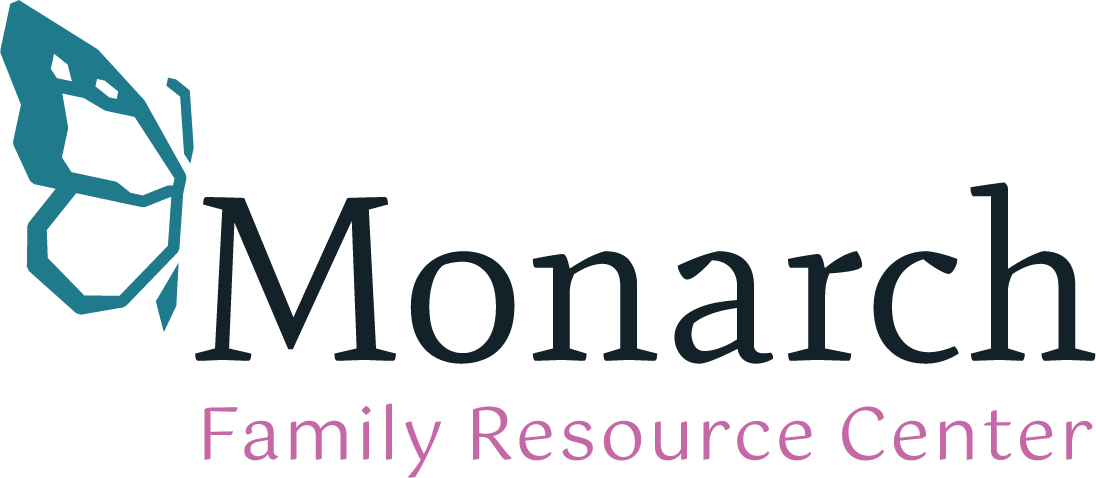Blog
Check out our Blog
Explore our blog for a rich tapestry of insights, offering valuable perspectives on family life, parenting tips, and the latest updates from Monarch FRC, providing a space for shared experiences and knowledge.

By duda
•
16 Nov, 2023
As the vibrant hues of fall blanket the landscape and temperatures begin to dip, there's an unwelcome increase in deer activity on our roads. It’s a beautiful season, but the surge in deer movement poses a significant risk to motorists. That’s why it’s essential to be prepared as we navigate the roads this autumn. Did you know that approximately 1.5 million motor vehicle accidents in the U.S. are caused by deer? November, in particular, records the highest rate of these unfortunate collisions. With these statistics in mind, it’s crucial to equip ourselves with knowledge and precautions to stay safe during our travels. Stay Vigilant and Stay Safe Here are four essential tips to keep in mind as you embark on your fall journeys, especially during the times of day when deer are most active—dawn and dusk: 1. Stay Alert: Keep an eye out for deer crossing signs and remain vigilant for any movement along the roadside, particularly in wooded or grassy areas. Being attentive can provide those crucial extra seconds to react and avoid potential collisions. 2. Use High Beams Wisely: When there's no oncoming traffic, make use of your high-beam headlights. These lights can illuminate the eyes of deer on or near the roadway, offering additional time to respond and navigate safely. 3. Brake, Don’t Swerve: If you spot a deer in your path, resist the impulse to swerve abruptly. Instead, slow down and brake firmly. Swerving may confuse the deer and increase the risk of a severe collision with other vehicles on the road. 4. Expect More Deer: Deer are social animals and rarely travel alone. If you encounter one deer, there’s a high possibility that others might be nearby. Stay cautious even after the first sighting. Your Safety Matters Your safety is our priority. As an insurance agency dedicated to ensuring your well-being on the road, we’re here to offer guidance and support. Should you have any inquiries or require assistance, don’t hesitate to reach out. We’re committed to providing you with the resources and information necessary to navigate this beautiful season safely. As we embark on autumn adventures, let’s remember these tips and remain vigilant. Together, we can mitigate the risks associated with increased deer activity on our roads. Drive safe, stay aware, and embrace the beauty of fall with precaution and preparedness.

By duda
•
18 Oct, 2023
I trust this message finds you well. I'm reaching out to provide a comprehensive overview of the current state of the insurance industry, shedding light on the factors influencing the adjustments in premiums that have become increasingly noticeable in recent renewals. Across the board, consumers like you have encountered rising premiums—a challenge stemming from a confluence of industry-wide disruptions. Understanding these factors is crucial in making informed decisions about your coverage. Here are the primary drivers behind the surge in premiums: Rising Costs in Rebuilding and Repairs Higher Rebuilding Costs: The expense of reconstructing properties has surged significantly due to the escalating prices of materials and labor. This inflation in the supply chain directly impacts the cost of rebuilding your home, necessitating insurers to adjust rates accordingly. Increased Vehicle Repair Costs: Auto repairs have seen a staggering 20% surge, attributed to the rising costs of both auto parts and labor. Moreover, modern vehicles integrate advanced technological features, rendering repairs more intricate and expensive. Escalating Medical and Litigation Costs Elevated Medical Expenses: The exponential rise in healthcare costs continues unabated, particularly concerning bodily injury resulting from auto accidents, contributing significantly to insurance adjustments. Rising Litigation Costs: Legal proceedings have become increasingly expensive, surging by 30% in 2022 alone. The escalating costs of litigation significantly impact insurers, leading to adjustments in premiums. Increased Risk Factors More Frequent and Severe Accidents: Post-COVID, the frequency and severity of auto accidents have surged, leading to a notable increase in fatalities and overall accidents, impacting insurance rates. Higher Reinsurance Costs: Reinsurance, crucial for insurers to cushion against catastrophic losses, is approaching capacity in many markets, leading to unsustainable rising rates. Strategies to Navigate the Changing Landscape While navigating these shifts, there are proactive steps you can take to manage the impact on your insurance premiums: Consider Higher Deductibles: Evaluating higher deductibles might be beneficial in certain situations. Let's discuss if this aligns with your specific needs. Maintain Active Coverage: Avoid policy lapses, as reinstating coverage has become more stringent. Ensure timely premium payments to prevent potential policy cancellations. Value Policy Tenure: Consistency with a carrier can be advantageous in the long run. Frequent switches or excessive claims could impact future coverage options. Manage Claims Wisely: Absorbing minor claims when feasible and preparing for catastrophic losses can positively influence coverage rates. Understanding these dynamics is crucial in making informed decisions about your coverage. I am available to discuss these factors further or assist with any related queries you might have. Your peace of mind and satisfaction remain our utmost priority.

By duda
•
07 Sep, 2023
When it comes to safeguarding your family's financial future, the world of life insurance can seem complex. One common query that often arises is understanding the distinctions between term life and whole life insurance. Let's delve into these two fundamental types of coverage to help you navigate this critical decision. Term Life Insurance: Protection for a Defined Period Term life insurance is akin to safeguarding your loved ones for a specific period—a term. In the unfortunate event of your passing during this period, it pays out a predetermined amount to your beneficiaries. However, if you outlive the term, the coverage concludes, and there's no payout. Whole Life Insurance: Lifelong Coverage with Added Benefits In contrast, whole life insurance extends coverage for your entire lifetime, provided premiums are consistently paid. It's a more intricate policy, with a portion of your premiums accumulating in a tax-advantaged account. Over time, this cash value grows, granting you options like borrowing against it, surrendering the policy for cash, or letting it continue to accrue. Understanding the Key Differences The disparities between these insurance types primarily revolve around duration, cash value, and cost: Duration: Term life policies typically span 10 to 30 years or until a specific age, while whole life persists throughout your life. Cash Value: Term life insurance lacks cash value, while whole life policies offer a living benefit through their accumulated cash value, often utilized as an investment due to its reliable returns and tax advantages. Cost: Term life premiums are generally more economical than whole life. For instance, a healthy 30-year-old male might pay $358 annually for a $500,000 term life policy, while a comparable whole life policy might cost around $4,308 yearly. Making the Choice Cost often serves as the decisive factor for many individuals, leading them to opt for term life insurance. However, others prioritize the living benefits and long-term security provided by whole life policies. Choosing the right life insurance can be overwhelming, given its implications for your family's future. I'm here to simplify this process for you. Feel free to reply to this email or give me a call, and I'll gladly assess your unique situation, offering tailored recommendations for you and your family's peace of mind.
Contact Us
We Want To Talk!
Sign up to our newsletter
Thank you for contacting us.
We will get back to you as soon as possible
We will get back to you as soon as possible
Oops, there was an error sending your message.
Please try again later
Please try again later
Ironton Office
Farmington Office
Resources
Our Site
© 2024
All Rights Reserved | Monarch Family Resource Center | Privacy Policy | Terms of Use | Powered by Levitate
